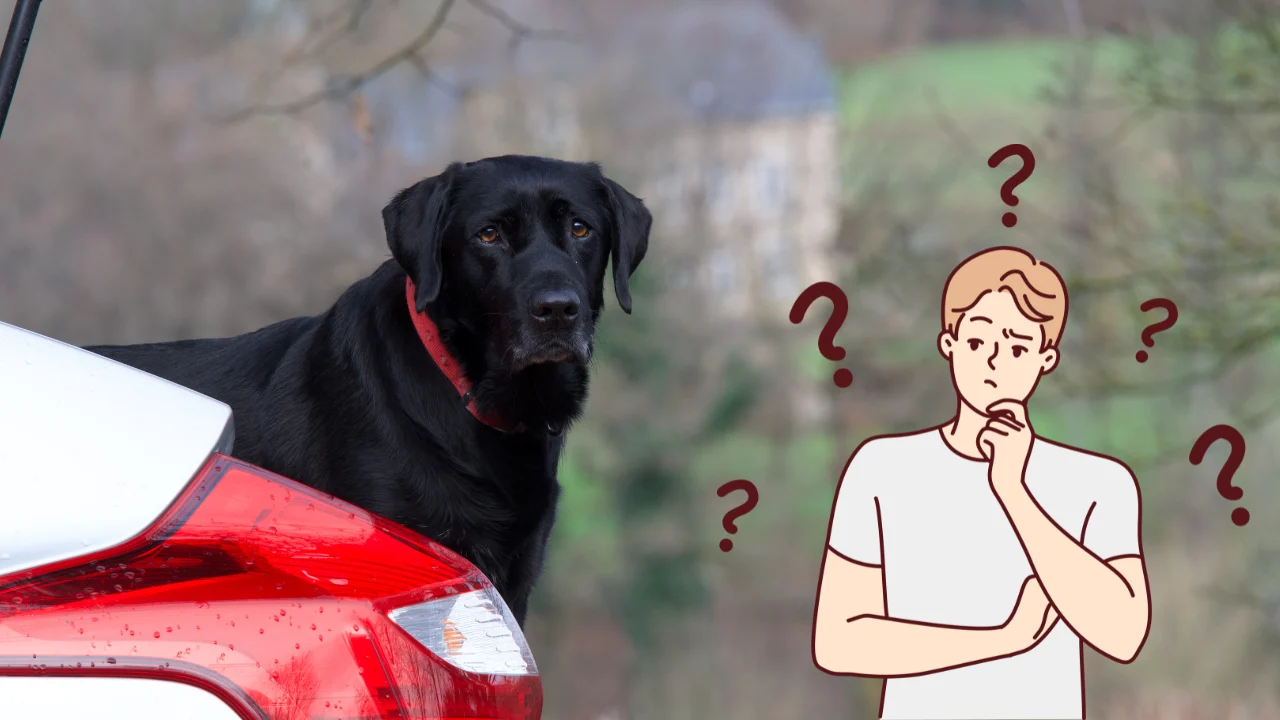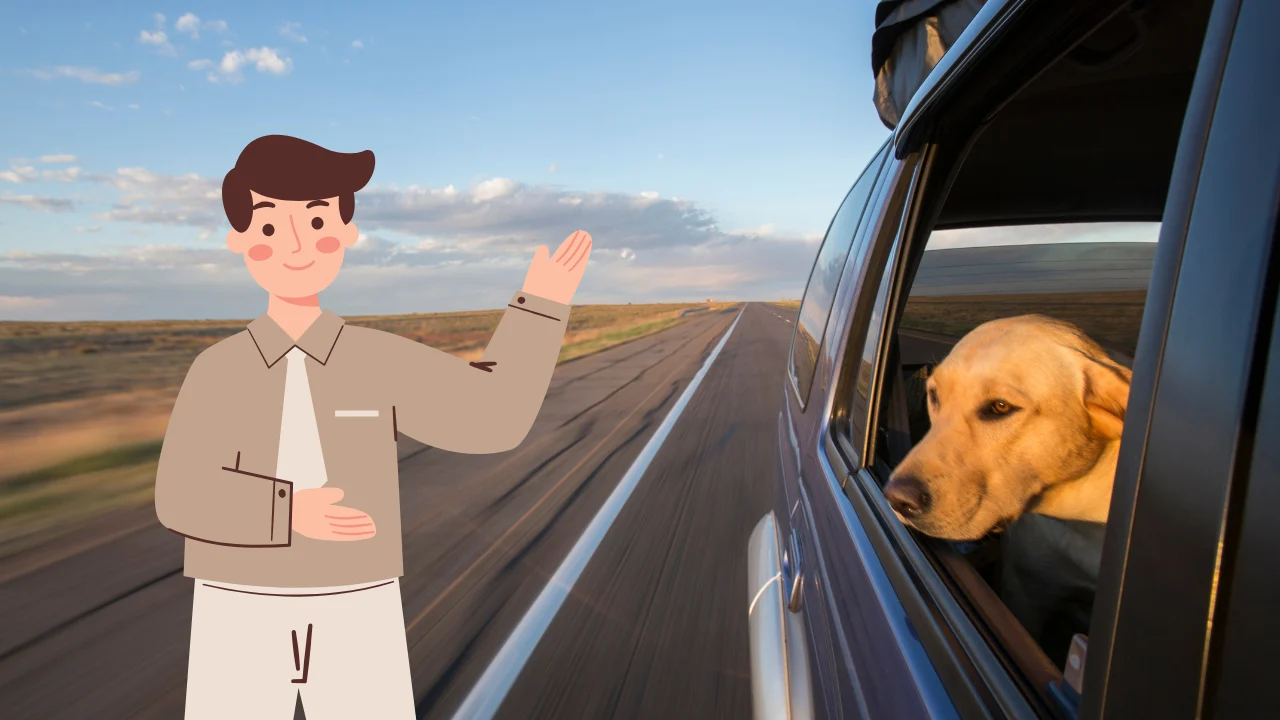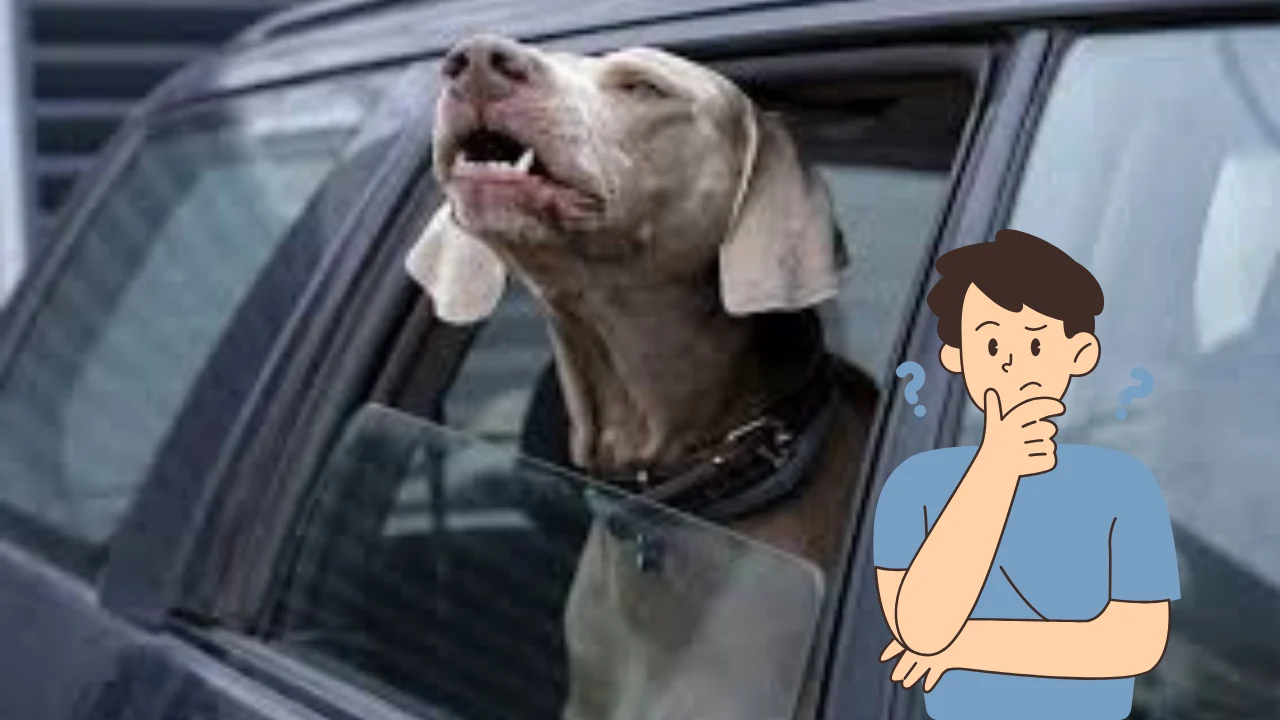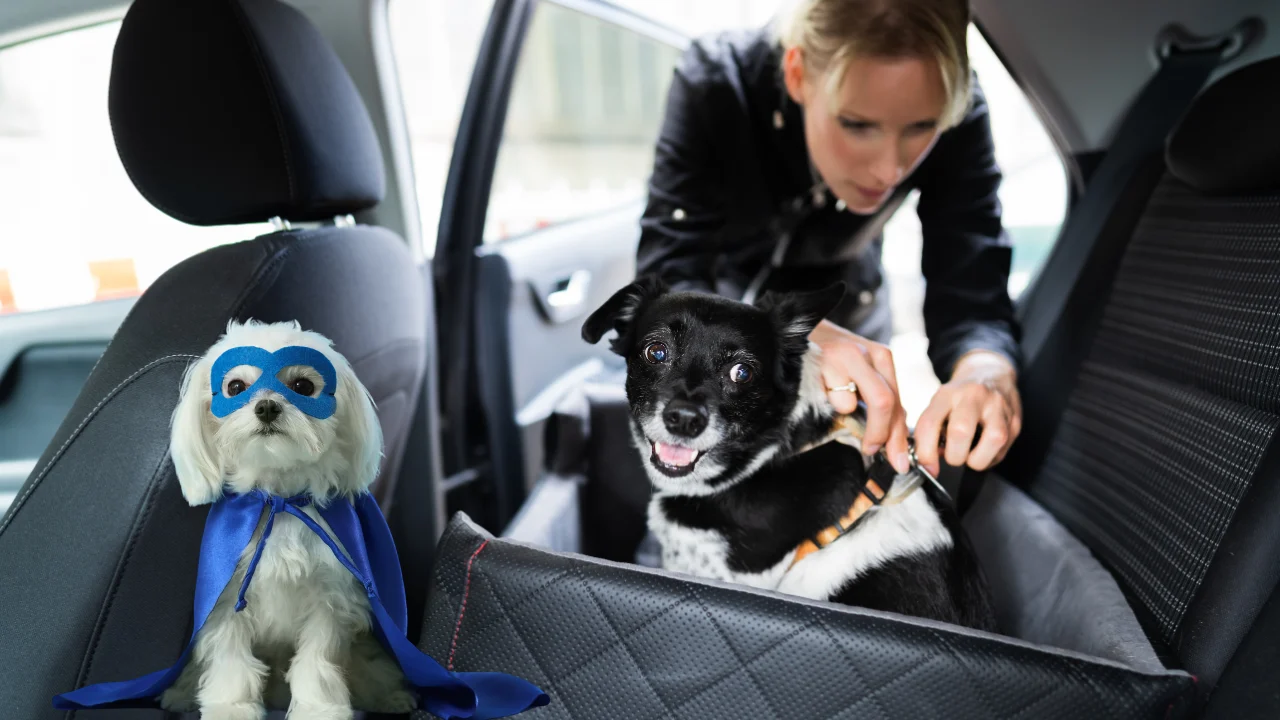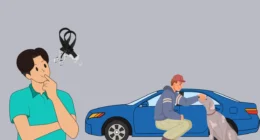As a dog owner, I often wonder how to help dogs with car anxiety. It’s surprising that around 30% of dogs experience anxiety during rides, affecting our travels and enjoyment. Understanding this issue is the first step toward a solution. Understand the risks involved with leaving your pet inside a vehicle in our article Can I Leave My Dog in the Car?
I’ve seen dogs react in many ways, from excessive drooling to panic, which is heartbreaking. By recognizing the signs and causes, we can support our furry friends better. Together, we can make their car experiences much more pleasant.
Navigation Menu
Quick Look
To help dogs with car anxiety, start by gradually acclimating them to the car environment using positive reinforcement. Create a comfortable space with familiar items, and consider calming aids like pheromone sprays. Regular short trips can also build their confidence and ease their fear of longer rides.
Causes of Car Anxiety
Understanding the causes of car anxiety in our dogs is the first step toward helping them feel more comfortable. By identifying these triggers, we can create a plan to ease their fears. Let’s explore the most common reasons why our furry friends might dread car rides.
Motion Sickness
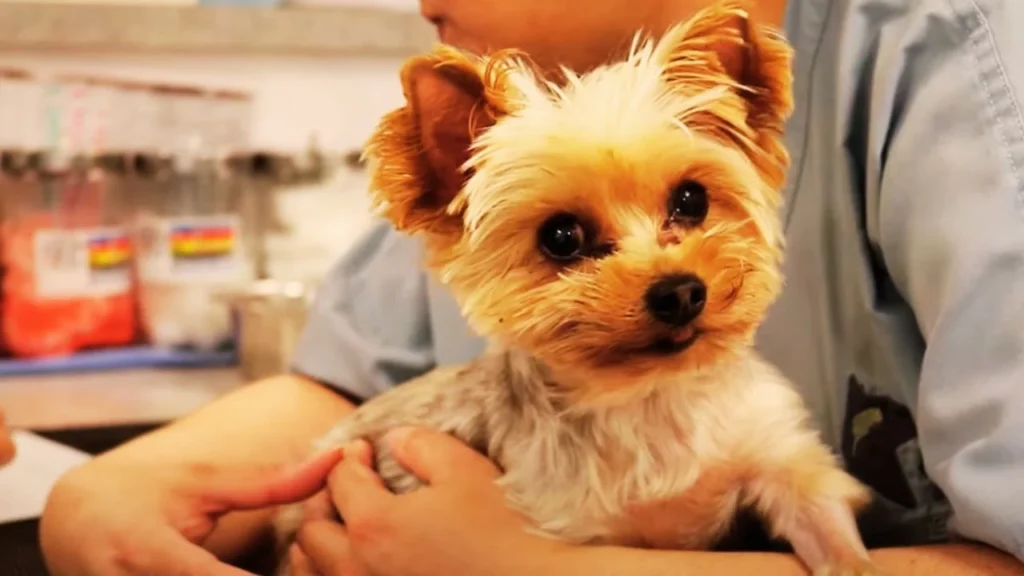
Car anxiety in dogs can stem from various factors, and understanding these can really help us as pet owners. One major cause is motion sickness, which affects about 20% of dogs. This can lead to uncomfortable symptoms like vomiting and drooling, making car rides quite distressing for them.
Negative Associations
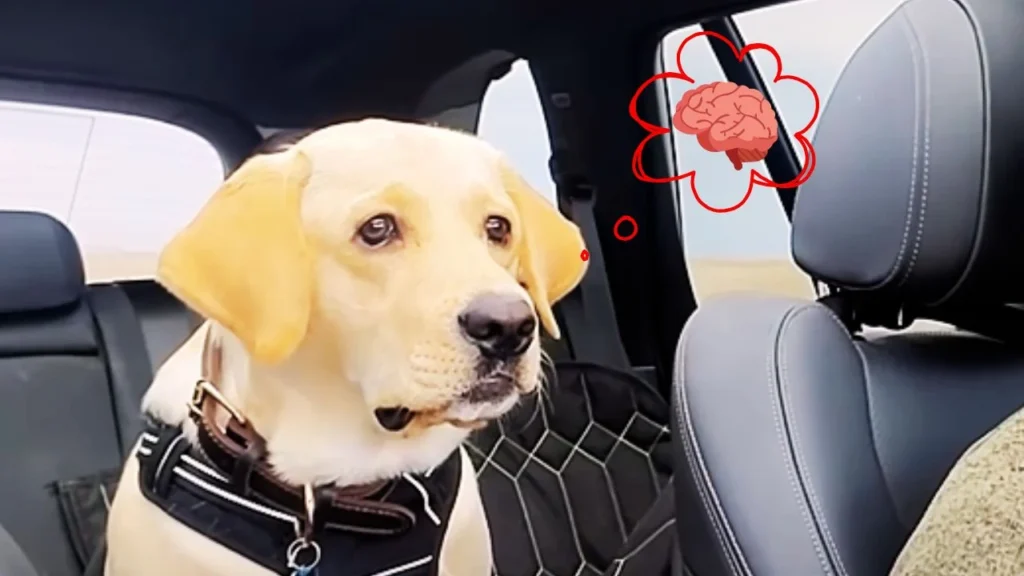
Negative associations are another significant contributor to car anxiety. Many dogs link car rides with trips to the vet or other unpleasant places. It’s no wonder they may become anxious at just the thought of getting into the car!
Feeling of Confinement
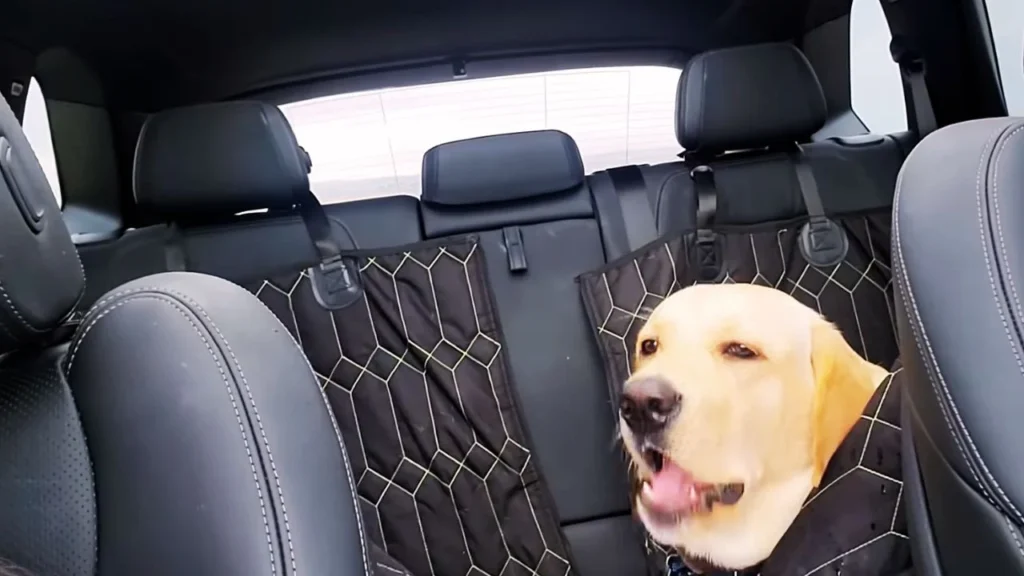
Some dogs also experience anxiety due to the feeling of confinement. Being in a moving vehicle can make them feel trapped, especially if they don’t have enough space. This sensation can lead to restlessness and distress during travel.
Sensory Overload
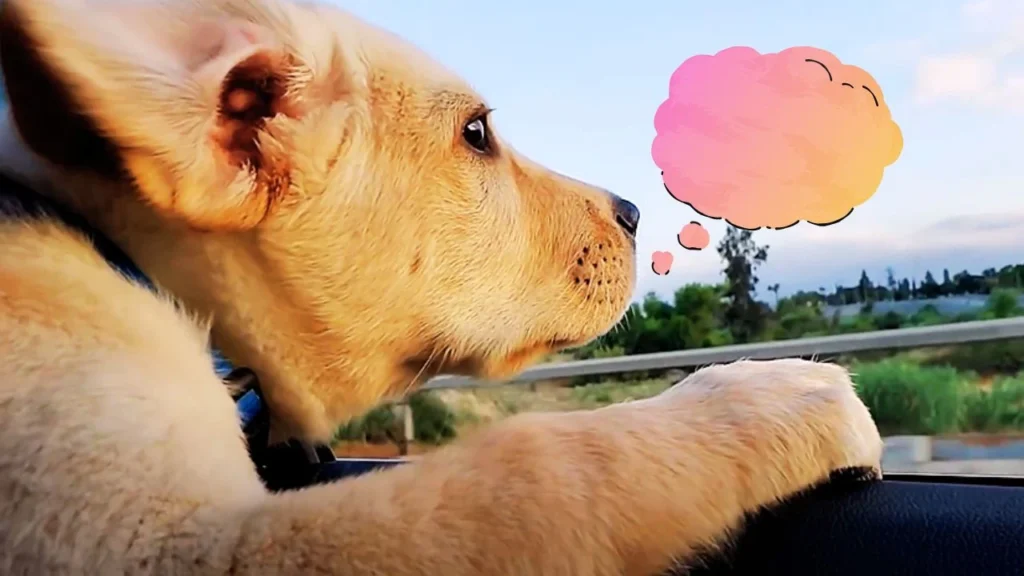
Sensory overload plays a big role, too. Dogs have heightened senses, and during car rides, they can be overwhelmed by unfamiliar sights, sounds, and smells. This sensory overload can easily trigger anxiety, causing them to bark or whine throughout the trip.
Early Experiences
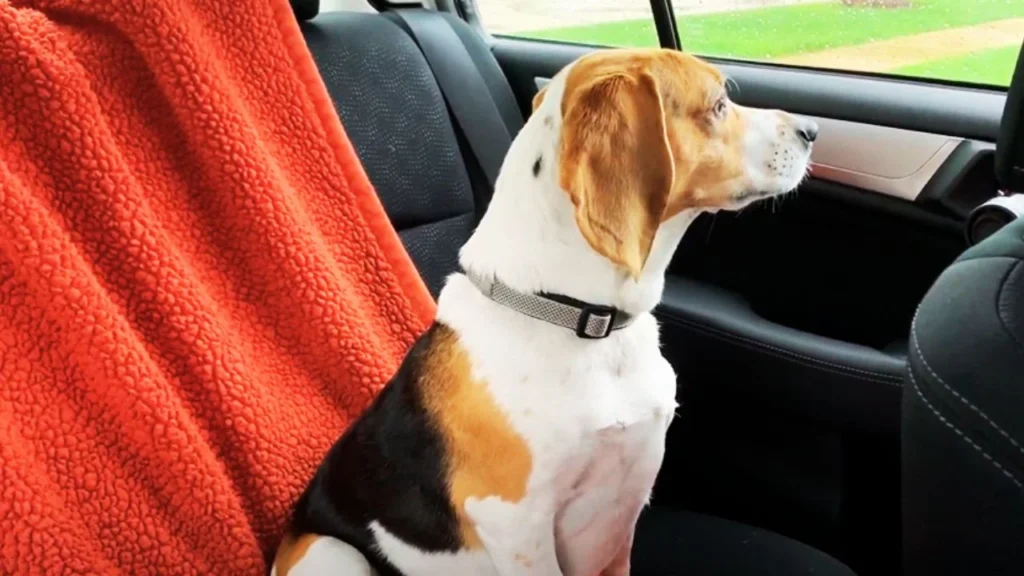
Finally, the early experiences of a dog can shape their response to car rides. If a puppy has a rough experience in a car, it can create lasting anxiety. Statistics show that around 30% of puppies develop car-related anxiety based on their initial experiences. Understanding these causes can help us tailor our approach to easing their discomfort. Learn methods to prevent your pet from chasing vehicles by reading our post How Can I Stop My Dog from Chasing Cars?.
Recognizing Symptoms of Car Anxiety
Recognizing car anxiety in dogs begins with understanding the signs. Being attentive can significantly help our furry friends feel more comfortable during rides.
Observing Physical Signs
Key physical signs include panting and drooling, indicating distress. About 40% of dogs show some level of anxiety during car trips.
Identifying Behavioral Signs
Behavioral cues are crucial as well. Over 20% of dogs may whine, bark, or attempt to escape when anxious.
Noticing Situational Signs
Situational signs, like hesitation to enter the car or sudden urination, are important indicators. Approximately 15% of dogs exhibit these extreme reactions, highlighting their need for safety.
How to Help Dogs with Car Anxiety? Strategies to Alleviate Car Anxiety
Some effective strategies have helped me alleviate my dog’s car anxiety. Each method aims to create a more comfortable experience during our travels. With patience and the right approach, we can turn car rides into a positive adventure!
Desensitization and Counterconditioning
When I first noticed my dog struggling with car anxiety, I knew I had to find ways to help him feel more comfortable. One effective strategy is desensitization and counterconditioning. Gradually exposing my dog to the car environment—starting with just sitting in the parked car for a few minutes—helped him build a positive association with the vehicle.
Creating Positive Experiences
Creating positive experiences in the car is another essential step. I found that bringing along his favorite toys or treats made a big difference. Feeding him meals near the car can help him associate this space with something enjoyable, and it’s worked wonders for his comfort level.
Making the Travel Environment Inviting
Making the travel environment more inviting is key as well. I always ensure that he has his favorite blanket and the car is at a comfortable temperature. Studies show that dogs with familiar scents are 60% more likely to remain calm, so this little touch goes a long way.
Utilizing Calming Aids
Calming aids can also be quite helpful in reducing anxiety. Products like calming collars or pheromone sprays can create a soothing atmosphere for my dog during car rides. In fact, using such aids has shown to reduce anxiety symptoms in 70% of anxious dogs, which gives me hope for our next adventure.
Consulting a Veterinarian
If my dog’s anxiety persists, consulting a veterinarian for medication or supplements is worth considering. There are several options available that can help dogs feel more relaxed. Approximately 50% of dogs benefit from anti-anxiety medications during travel, and that could make a significant difference for us.
Seeking Professional Assistance
Finally, I’ve realized the importance of professional assistance when needed. A certified dog trainer can provide tailored strategies to address severe anxiety. Engaging with experts can improve outcomes for around 80% of dogs suffering from car anxiety, making it a worthy investment in our journey together.
Discover how to eliminate unpleasant odors in our article How Do You Get Dog Smell Out of a Car?
Training and Behavioral Modification
Starting with Basic Obedience Training
When I first noticed my dog’s anxiety during car rides, I knew I had to do something. Basic obedience training was a great starting point for us. Teaching commands like “sit” and “stay” helped him feel more secure in the car environment.
The Power of Positive Reinforcement
Positive reinforcement worked wonders, too. I made sure to reward him with treats every time he remained calm during our trips. This simple technique helped reduce his anxiety significantly, turning each ride into a more enjoyable experience.
Seeking Professional Assistance
For those with particularly anxious dogs, seeking professional assistance can be invaluable. Certified dog trainers or behaviorists have the expertise to develop tailored strategies. I found that having expert guidance can really expedite the training process.
Practicing Patience in Training
Patience is key when it comes to modifying behavior. It took my dog about 10-12 sessions before he showed consistent improvement. With each ride, he became a bit more relaxed, which was incredibly rewarding for both of us.
Incorporating Fun into Training
I also discovered that incorporating fun into our training sessions made a huge difference. By making car rides feel like an adventure, my dog started associating the car with excitement rather than fear. Soon, he was wagging his tail at the mere sight of the car, eager to hop in!
Strengthening the Bond Through Training
Ultimately, training and behavioral modification not only eased my dog’s anxiety but also strengthened our bond. It’s amazing how investing time in training can transform a fearful experience into a joyful journey. I highly recommend this approach for anyone struggling with a similar issue!
Check out our guide How to Get Dog Hair Out of a Car for effective techniques to remove dog hair from your vehicle.
Preventive Measures
When it comes to helping dogs with car anxiety, prevention is key. I’ve found that taking regular short trips—around 10 to 15 minutes—can really help build positive associations. This approach lets our furry friends experience the car in a low-stress way.
Avoiding negative destinations is also crucial. If a dog only goes to the vet or the groomer, it’s no wonder they start dreading the car. Instead, plan fun outings to parks or pet-friendly cafes to change their perspective.
Before hitting the road, I make sure to exercise my dog. A brisk walk for about 30 minutes can work wonders in burning off excess energy. This way, they’re more likely to relax during the ride instead of being restless and anxious.
When to Consult a Veterinarian
If you notice your dog’s car anxiety persists despite your best efforts, it might be time to consult a veterinarian. Studies show that nearly 30% of dogs experience severe anxiety during travel, so you’re not alone in this. Your vet can help assess the situation and determine the best course of action.
Sometimes, underlying health issues can exacerbate anxiety symptoms. For example, a dog’s digestive issues can lead to discomfort during car rides. A thorough check-up can rule out these concerns, ensuring your dog is in tip-top shape.
If your furry friend is still struggling, medication might be necessary. According to pet behavior experts, around 15% of anxious dogs benefit significantly from prescribed anti-anxiety medication. Your vet can discuss safe options tailored to your dog’s specific needs, giving you both peace of mind on the road.
Final Words
In my journey to understand how to help dogs with car anxiety, I’ve learned that patience is key. Studies show that approximately 20% of dogs experience anxiety in cars, which can be distressing for both pets and their owners.
With the right techniques, we can ease their fears and make car rides enjoyable. By applying gradual desensitization and creating positive experiences, I’ve seen many dogs transform their travel anxiety into excitement. Consistency and love go a long way in this process!
